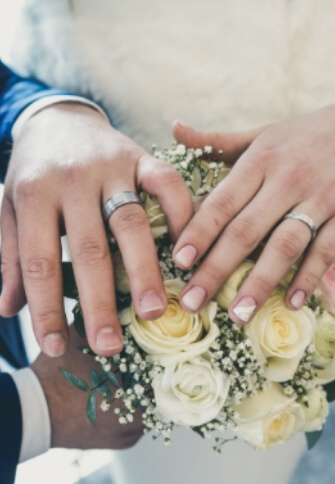Precious Metals at Anania Family Jewellers

Precious metals are the foundation of fine jewellery. Each has its own unique properties—density, strength, colour, and melting point—that influence how it is crafted, worn, and enjoyed. At Anania Family Jewellers, we work with the full spectrum of precious metals, ensuring every piece is both beautiful and durable.
Silver
- Pure Silver: Specific gravity 10.50
- Sterling Silver: Specific gravity 10.10, composed of 92.5% pure silver and 7.5% alloy (usually copper)
- Melting Point: 802°C
Silver is relatively soft, making it easy to work with and ideal for intricate designs.
Gold
- Pure Gold (24ct): Specific gravity 19.30, melting point 1,064°C
- 18ct Yellow Gold: 75% pure gold (750 stamp), typically 25% silver, specific gravity 16.04
- 18ct Rose Gold: 75% pure gold (750 stamp), typically 25% copper, specific gravity 15.45
- 18ct White Gold: 75% pure gold (750 stamp), typically 25% palladium or nickel, specific gravity 16.59
- 9ct Gold: 37.5% pure gold (375 stamp), with 62.5% alloy depending on colour, specific gravity 11.64
Gold’s versatility allows it to be alloyed with different metals to achieve distinct colours and properties.
Platinum
- Specific Gravity: 21.50
- Melting Point: 1,768°C
- Purity: Jewellery is usually stamped 950 (95% pure platinum), alloyed with palladium for malleability
Platinum is one of the strongest and most durable precious metals, making it an excellent choice for everyday wear and for settings that hold diamonds or gemstones securely.
Metals Used in Jewellery Finishing
- Palladium: Commonly alloyed with white gold and platinum. In white gold, palladium reduces the yellow tone, creating a whiter appearance before rhodium plating. In platinum, it improves malleability.
- Rhodium: Used as a plating solution on 18ct white gold to enhance brightness. Because white gold is not naturally occurring, rhodium plating gives it a brilliant finish. Over time, rhodium can wear away—especially on the underside of rings where daily activities like opening doors or carrying bags cause friction. Replating restores the shine.
Our Recommendation
Clients often ask which metal is best. For a white metal, we recommend platinum for its strength, durability, and natural whiteness. If you prefer a mix of yellow and white metals, platinum again provides the extra resilience needed for long-term wear.
At Anania Family Jewellers, we charge the same price for 18ct gold (yellow or white) as we do for platinum. The choice is entirely yours, guided by your personal preference and style.







